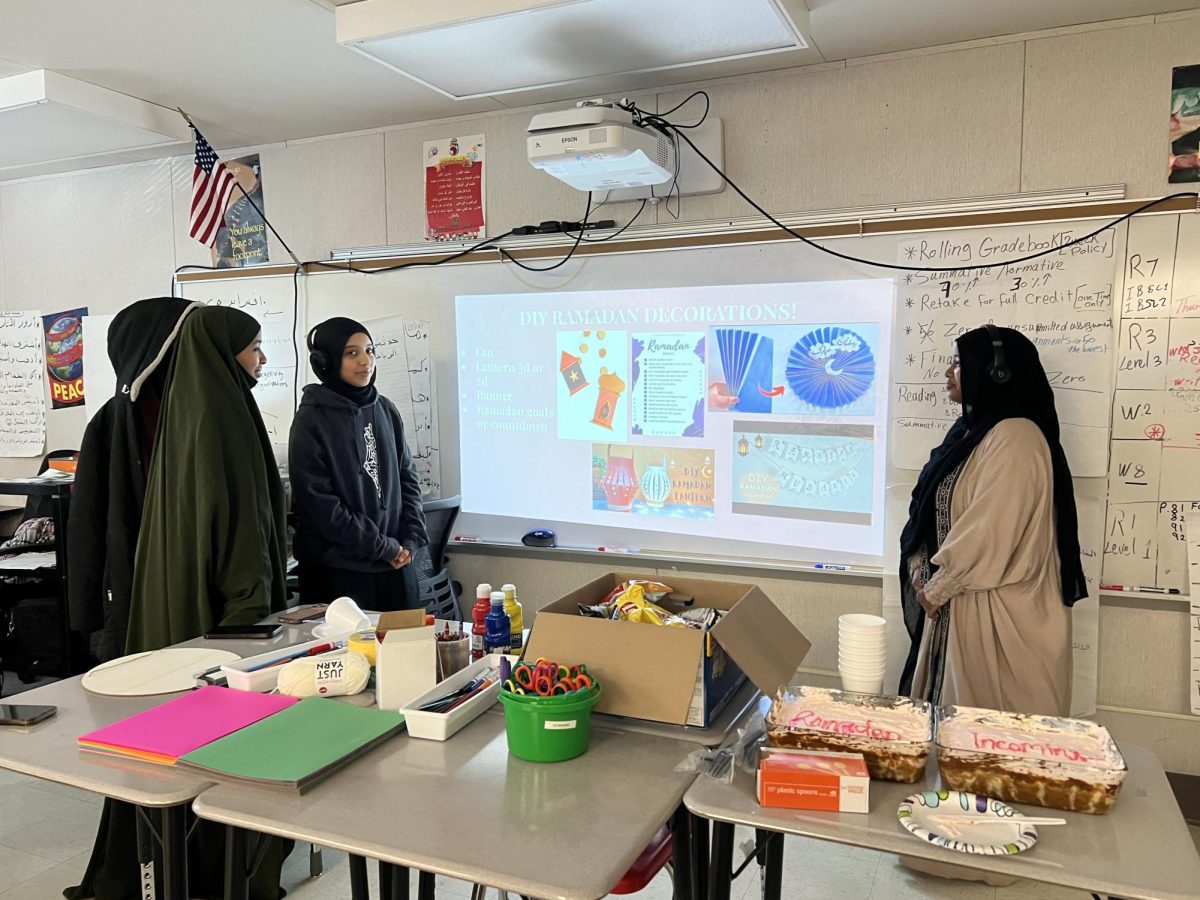Dubai, renowned for its glitzy and innovative development and architecture, blazing climate, and iconic desert landscapes, was recently swept by unprecedented floods due to cloud seeding, fueling a great deal of discussions and speculation, particularly around the controversial practice of cloud seeding.
The deluge, which flooded the city and its neighboring regions with a torrent of rainfall, has reignited the debate on weather manipulation techniques and their role in extreme weather events.
The rainfall was deemed extraordinary, even by the standards of a region accustomed to scorching temperatures and minimal precipitation.
Al-Ain, located just over 100 kilometers from Dubai, recorded a staggering 256mm of rain within a mere 24-hour period.
Cloud seeding, a method of augmenting rainfall by introducing small particles, such as silver iodide, into clouds, has been employed by the UAE in recent years to alleviate water shortages.
Dr. Friederike Otto from Imperial College London emphasized that even if cloud seeding did contribute to the rainfall, the overarching impact of climate change on atmospheric moisture levels far outweighs its effects.
Professor Maarten Ambaum, a renowned weather expert at the University of Reading, explained a strange weather event by pointing to something called a “cut off” low-pressure system.
This basically means that a chunk of low-pressure air got stuck, causing some unusual effects. It brought in warm, moist air and blocked other weather systems, making the rainfall even heavier.
Climate scientists have also pointed to the role of climate change in amplifying the severity of the downpour. As global temperatures soar, warmer air can harbor more moisture, intensifying rainfall events.
Richard Allan, a prominent climate scientist, emphasized that the unprecedented nature of the rainfall aligns with the predictions of a warming climate, where heavier rainfall and associated flooding become increasingly prevalent.
Beyond concerns about the effects of cloud seeding, the flood prompted a sobering reflection on the preparedness of cities like Dubai and the broader United Arab Emirates (UAE) to withstand such extreme weather events.
With rapid urbanization outpacing infrastructural developments for natural drainage, Dubai found itself grappling with flooding of an unprecedented magnitude.
The flooding serves as a stark reminder of the urgent need for comprehensive climate adaptation strategies to mitigate the escalating risks posed by extreme weather events in rapidly evolving urban landscapes.
If a city as modern and technologically advanced as Dubai can be caught off guard by flooding, it prompts reflection on the readiness of our own community.
Are we adequately equipped to handle extreme weather events? Do we possess the knowledge and resources to respond effectively should a similar situation arise in their midst?
“The idea of cloud seeding seems beneficial but hopefully we have more control over it to prevent outbreaks like floods from happening again,” senior Abdul Mohammed said. “My cousin currently resides in Dubai and after hearing her point of view of the events I hope these complications can be resolved shortly. What the citizens of Dubai are currently experiencing is tragic and an issue that should be prioritized.”
As the torchbearers of the future, AHS students bear the responsibility of grappling with the fallout of decisions made today.
Therefore, it is necessary upon students to equip themselves with the knowledge and understanding necessary to navigate the complexities of a changing world.








